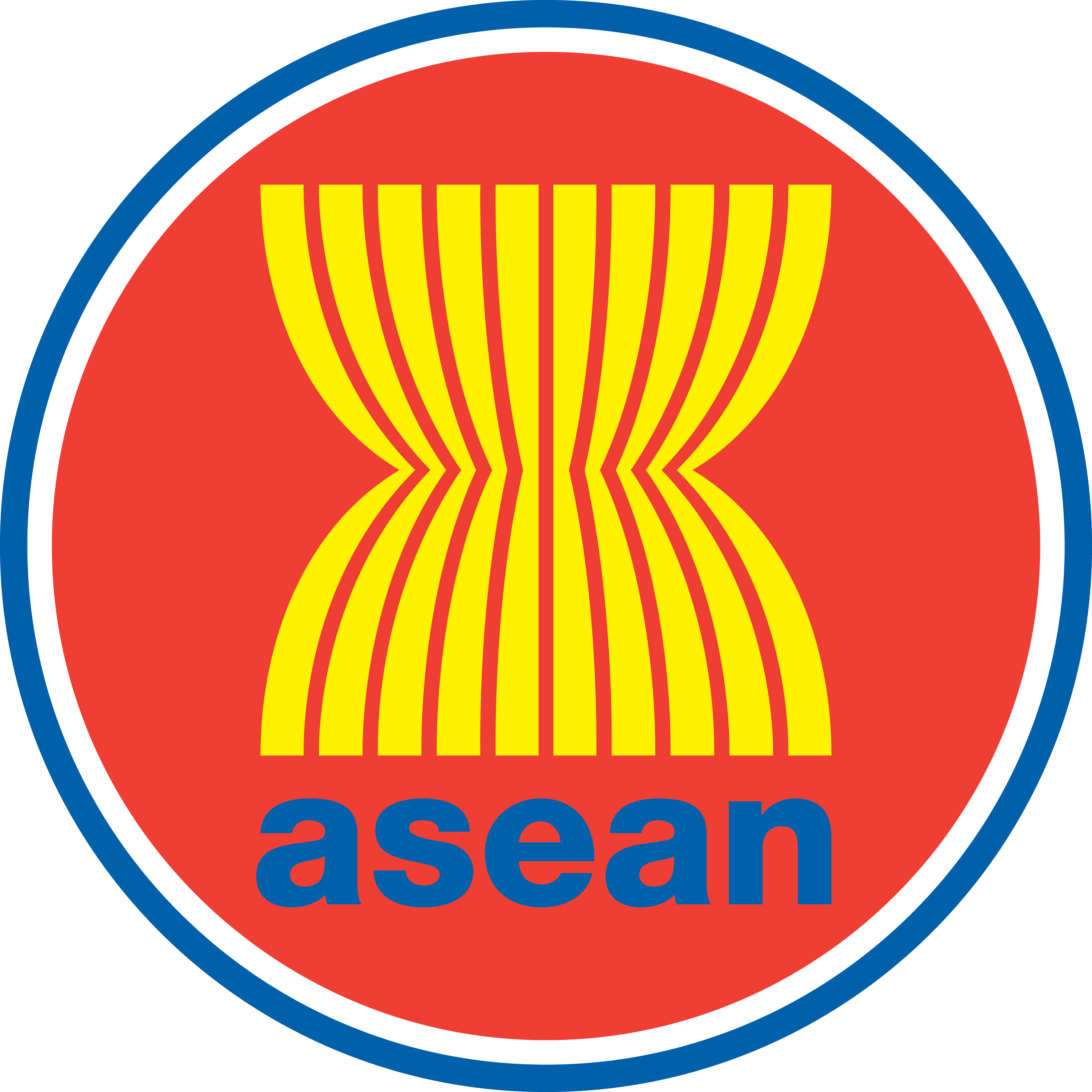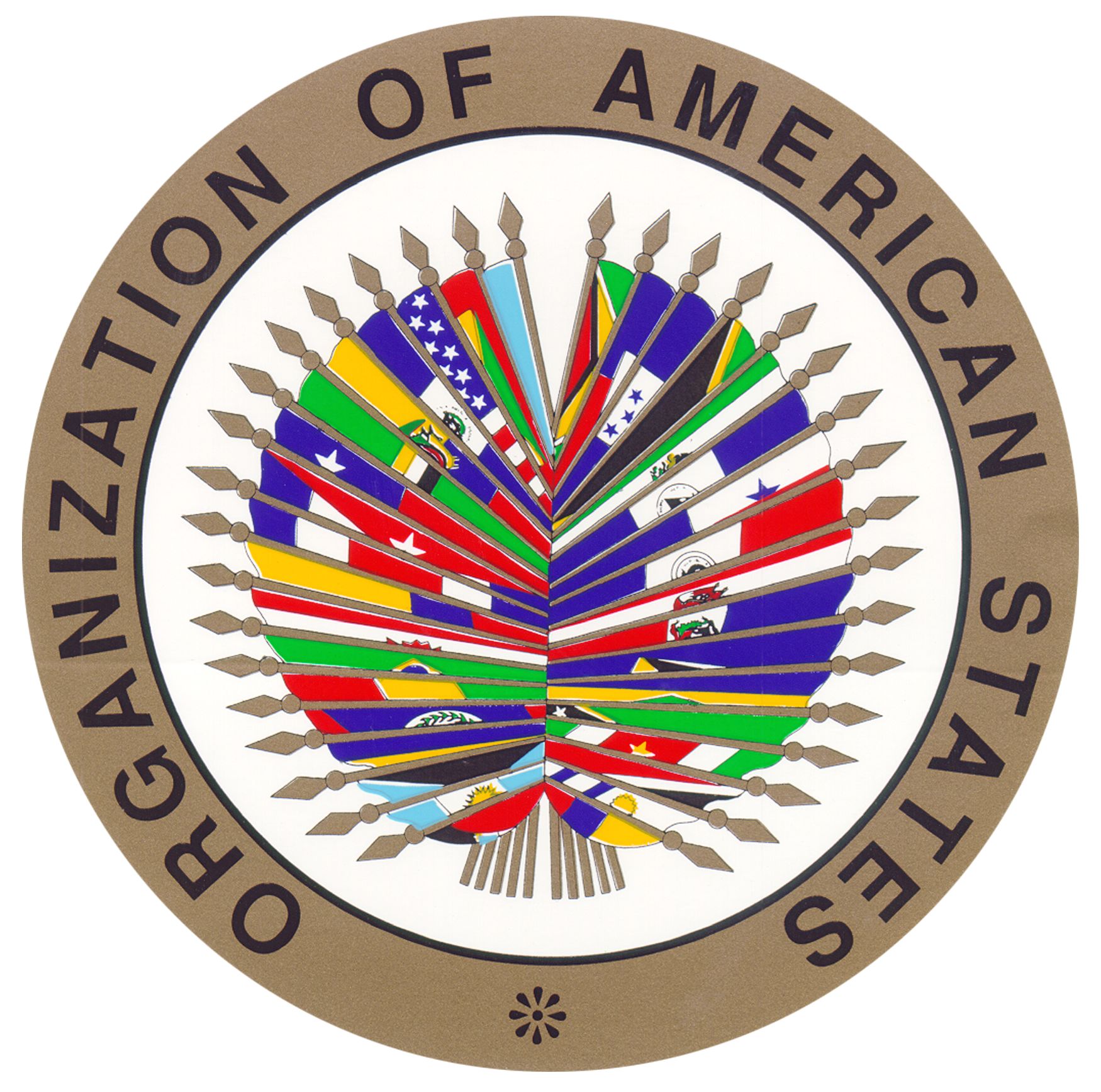Chapter 12 AU and LOAS

12.1 ASEAN (Jakarta, Indonesia)
Mandate: To maintain and enhance peace, security and stability and further strengthen peace-oriented values in the region;
To ensure that the peoples and Member States of ASEAN live…in a just, democratic and harmonious environment;
And to create a single market and production base which is prosperous.
Structure: Periodic meetings of the heads of govt. (the ASEAN Summit) and of the “coordinating council” composed of ministers from all members.
Its legal structure, like that of the AU, reserves all the important decision-making for the plenary meetings of heads of government, and thus the entire organization is overwhelmingly dominated by the member governments.
Thus, it is in practice almost entirely a forum for ad hoc negotiations among the governments rather than an actor in its own right.
ASEAN
The current version of ASEAN rests on the 1967 declaration but it adds to it a formal treaty, the ASEAN Charter of 2008. (Indonesia, Malaysia, the Philippines, Singapore, and Thailand; then Brunei, Vietnam, Laos, Myanmar, and Cambodia) How to deal with internal disagreement?
Comparison:
The AU Constitutive Act at least spells out what its future institutions might be, and the states of the AU have succeeded in agreeing on the required protocol to bring one of these, the Peace and Security Council, into existence.
ASEAN provides a means for negotiating future steps toward integration but it gives few clues as to what these might be or how it will overcome its internal disagreements.
12.2 OAS

Enforcement: The meeting of consultation can impose sanctions or use force against a member that violates terms of the Rio Treaty (1947)